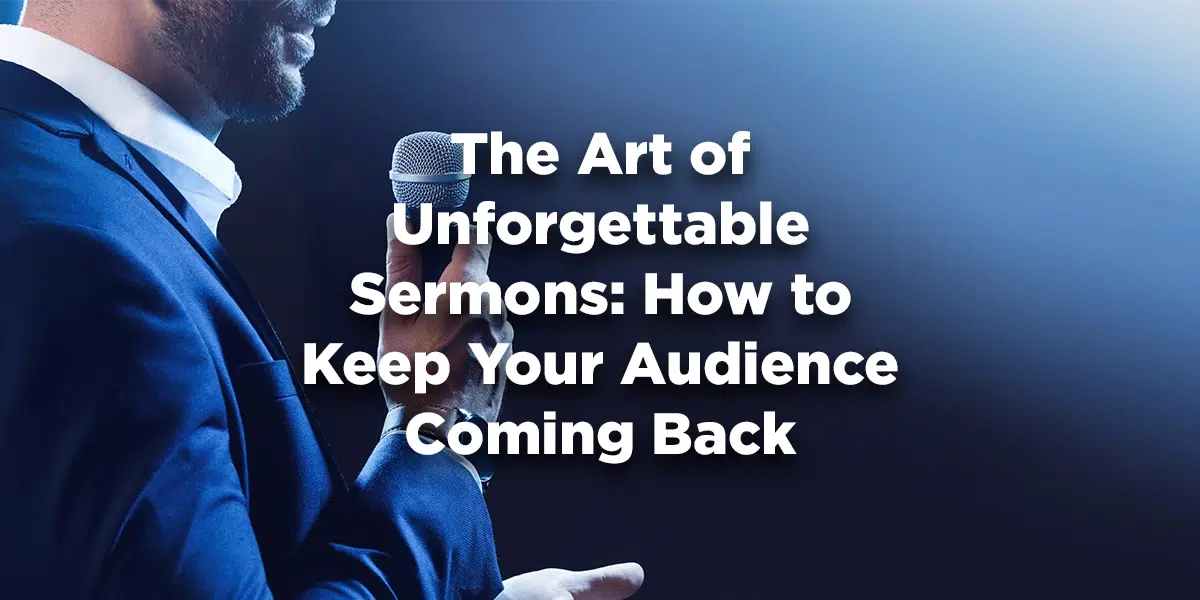YOU GOT THE POSITION... YOU'RE THE LEADER... NOW WHAT?
Menu

Just because you’re speaking doesn’t mean anyone is listening.
I love that quote. Partially because I’ve done a lot of talking in my marketplace and ministry career, all while assuming people cared about what I had to say. And partially because, once I realized that people weren’t listening and learned to adjust, my content and messages improved dramatically!
There are plenty of reasons people don’t listen when we’re speaking. Let me point out two of them that we can easily address.
Because working memory is so limited, the ultimate goal is elegant simplicity. This is why great communication focuses on the one thing you must say. When I teach communication, I encourage speakers to focus on the one thing they have to say.
There’s a reason we all love a good story! Random structure leads to confusion, frustration, and disengagement. Most importantly, random information will not stick in the human mind. If you lose the logic of the audience, you lose the audience. Hard to follow lines of reason and argument require the audience to burn extra calories to follow.
Some pastors may be tempted to say, “Because it’s Sunday!” But that’s a terrible answer.
Why we speak should drive how we speak and what we say.
We must have a purpose beyond information to maintain interest and inspire application.
That’s our why: To inspire application.
This is true in the marketplace, too. A sales presentation isn’t about information but application (e.g., Make a sale). In the church, much more is at stake than a sale. Pastors and preachers are communicating to inspire transformation. And transformation happens to come through application. When we inspire people to take a step, God uses that step to grow their faith, change their lives, and even draw them into the family of God.
Once we realize that our goal is application, not information, we’re set to address our next question:
I’m so glad you asked.
Great communicators understand the power of a journey. That’s what we love about great communication and what others need from us.
When we create a communicative journey for our audience, we engage them in a story that inspires a desire to know biblical truth and a reason to implement it in their lives.
There is a story formula of sorts I teach pastors and marketplace communicators. If you want to learn more about it, email me or jump into this course.
Crafting an interesting story-based message may maintain the crowd’s interest, but that alone doesn’t make a message worth hearing.
However, when people walk away from a message with something to apply that practically improves their lives, you’ve given them a reason to listen and come back.
This is especially true in our internet age.
The web has made information a commodity. People are more over-informed than ever before. They don’t need more information; they need to experience practical application of biblical truths that change their lives.
“Experience” is a crucial word for us today. Digital is primarily suitable for information, leaving the physical environment better for experiences. We want to create a communication experience, not just an information dump.
If your messages are full of information yet light on experience, application, or inspiration, don’t expect people to flock back every week. At best, they’ll listen to your information online. At worst, they’ll check out completely. After all, why would they remain connected if their experience isn’t worth experiencing and the content isn’t worth hearing?
How can we elevate the experience of our communication? We’ll get to that next time.
Until then,
